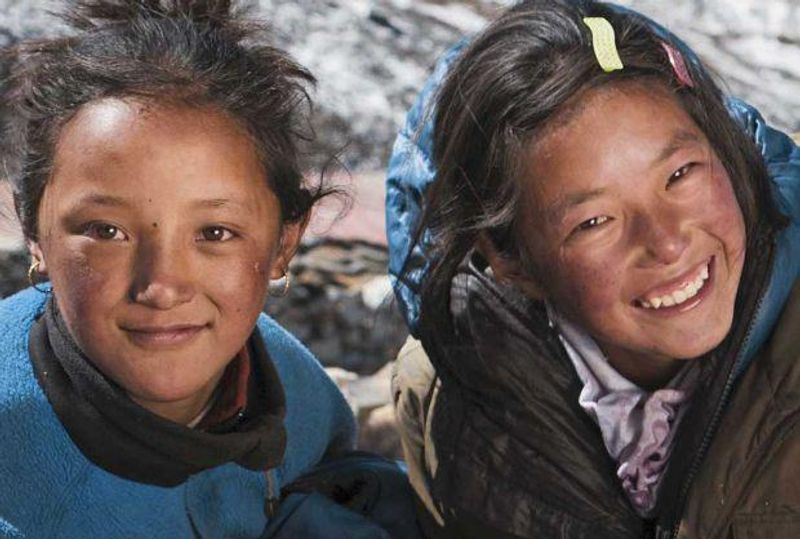A Critical Step Toward a Polio-Free World

The march towards polio eradication has reached another milestone as Gavi, the Vaccine Alliance, announced this year that Mongolia and Zimbabwe have introduced the injectable Inactivated Polio Vaccine (IPV) into their programs, the last two countries to do so1. This is a critical step forward in the fight against polio and gives every child around the world access to this vaccine.
The fight to eradicate polio began more than thirty years ago in 1988, when the Global Polio Eradication Initiative (GPEI) was established. At that time, ten children around the world were permanently paralyzed by polio every fifteen minutes. The GPEI launched routine immunization programs, catch-up campaigns and robust surveillance, gradually leading to the certification of much of the world as "polio-free".
During this first phase, the Oral Polio Vaccine (OPV) was used globally and was effective at protecting individuals from the virus. However, OPV contains a weakened vaccine-virus that replicates in the intestine and can be excreted. On rare occasions, if a population is seriously under-immunized, an excreted vaccine-virus can continue to circulate for an extended period of time. In that occasion it can return to a neurovirulent form, potentially causing “pocket” epidemics.
In 2014, the World Health Organization (WHO) recommended that people be given at least one dose of IPV, which contains an inactivated virus and thus cannot contaminate the environment. With the IPV now available in all countries, this second phase towards complete eradication is now well on its way to completion.

The WHO has divided the world into six regions, five of them now free of polio. Only in the Middle East region, which includes Afghanistan and Pakistan, the polio virus is still circulating and causing paralysis. Security issues in the region, which make access to the population difficult or impossible, is the single largest hurdle to achieving the final goal of eradication.
Sanofi Pasteur has been a steadfast partner in the eradication campaign. We were among the first to supply significant number of doses of OPV to support the GPEI, and we have supplied more than 6 billion doses of the vaccine to date. In preparation for the “end game,” the very last step of wild polio control, Sanofi Pasteur has made significant investment over the past decade in its industrial capabilities and is now able to supply 80% of the IPV doses requested by UNICEF, an effort that is unique among all suppliers who support the initiative.
Explore more

A Polio-Free World Will Trigger New Challenges

Polio Can Be Eradicated. Let’s Make It Happen
